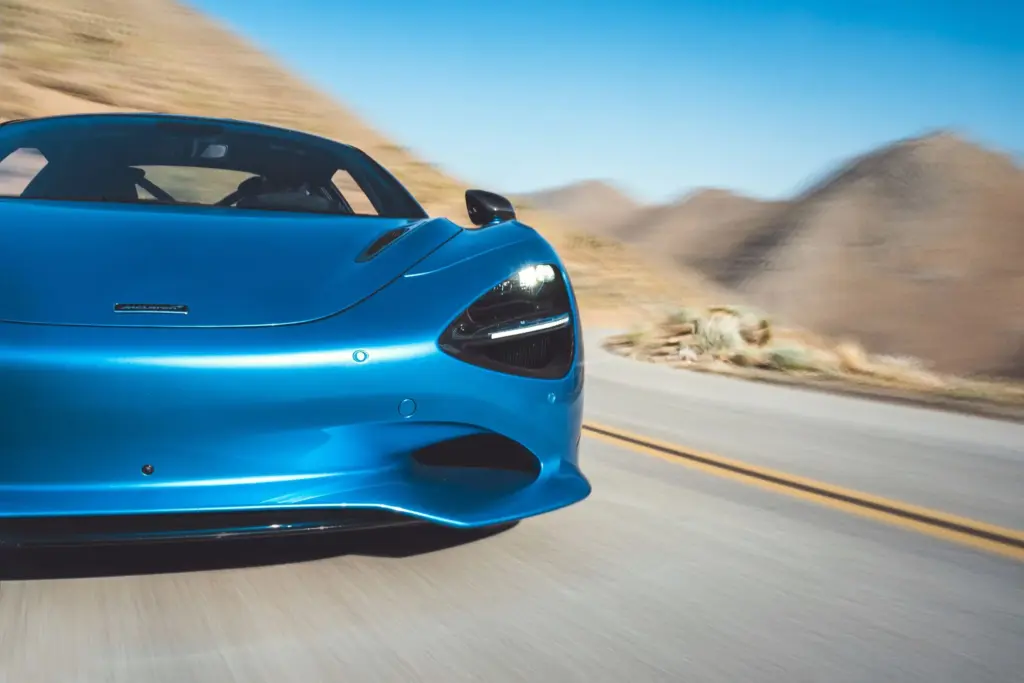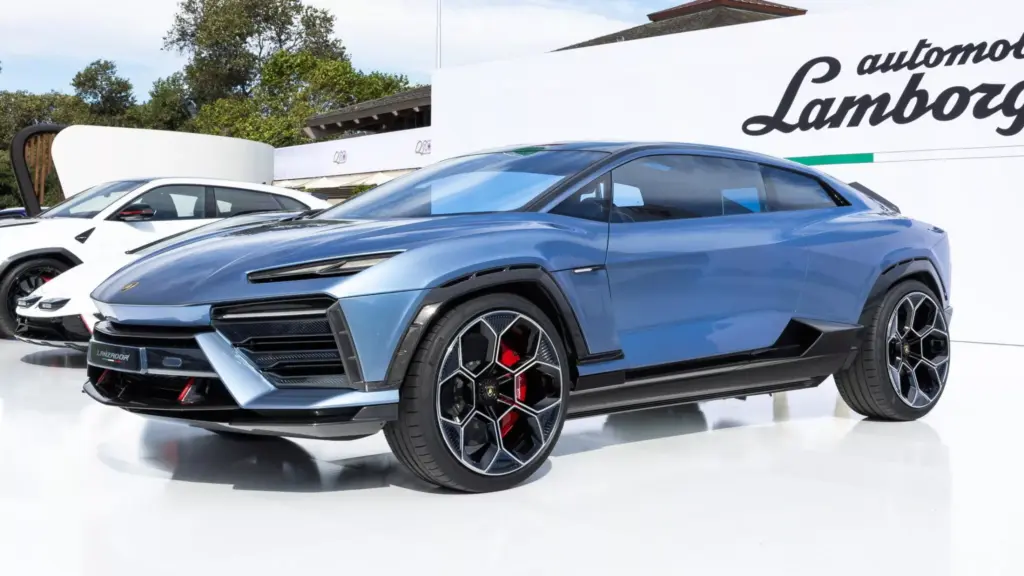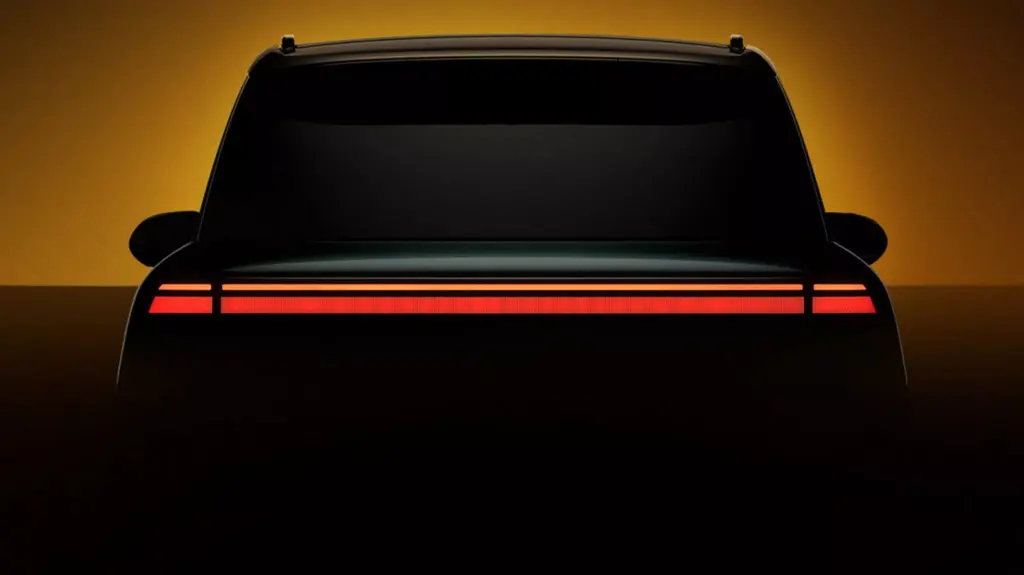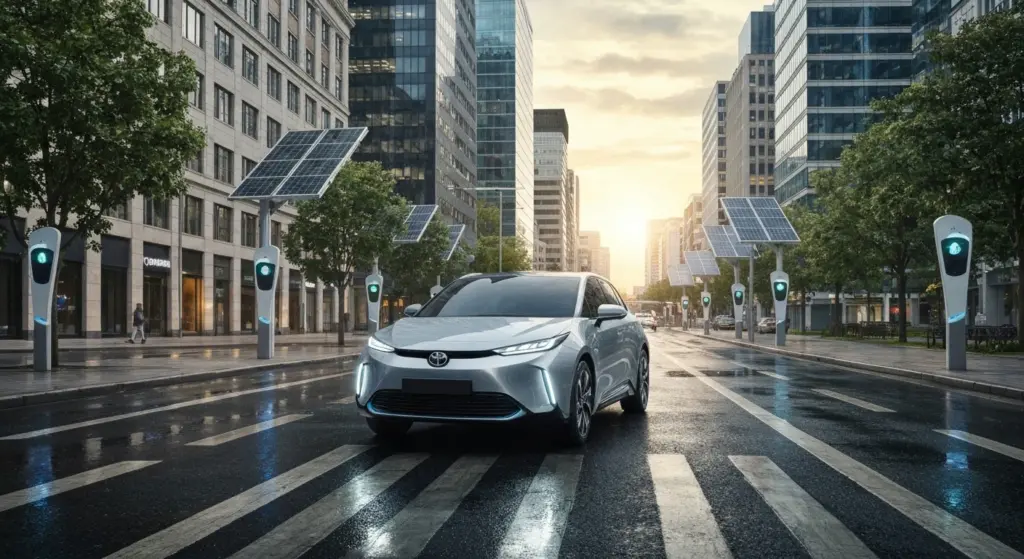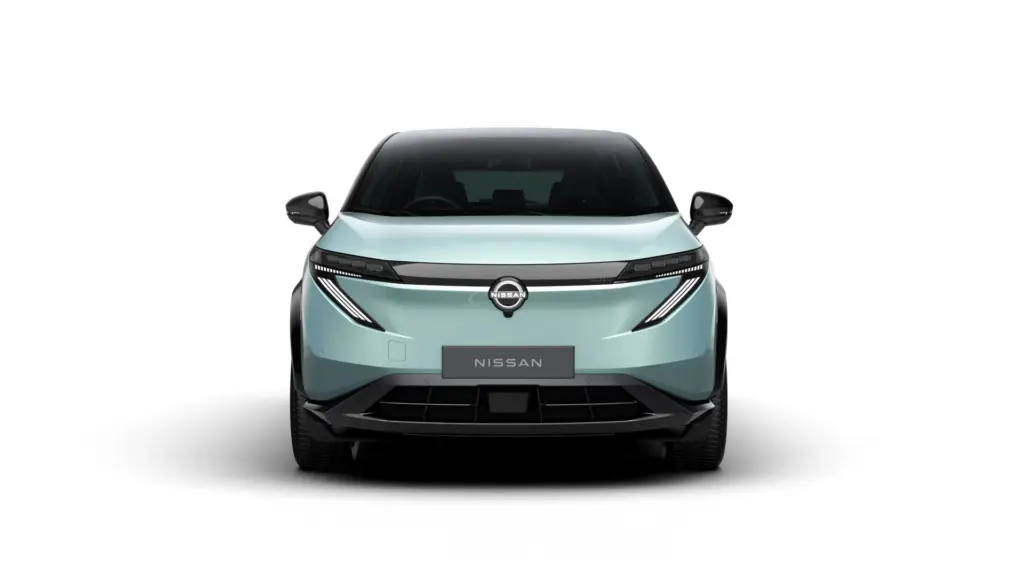Imagine yourself on an epic journey through the stunning and challenging landscapes of Tibet, heading toward the majestic Mount Everest. Now, imagine making that trip in a state-of-the-art electric car, known for its technology and zero emissions. Sounds perfect, right? But what happens when the promise of electrification clashes with the harsh reality of a lack of infrastructure in remote locations?
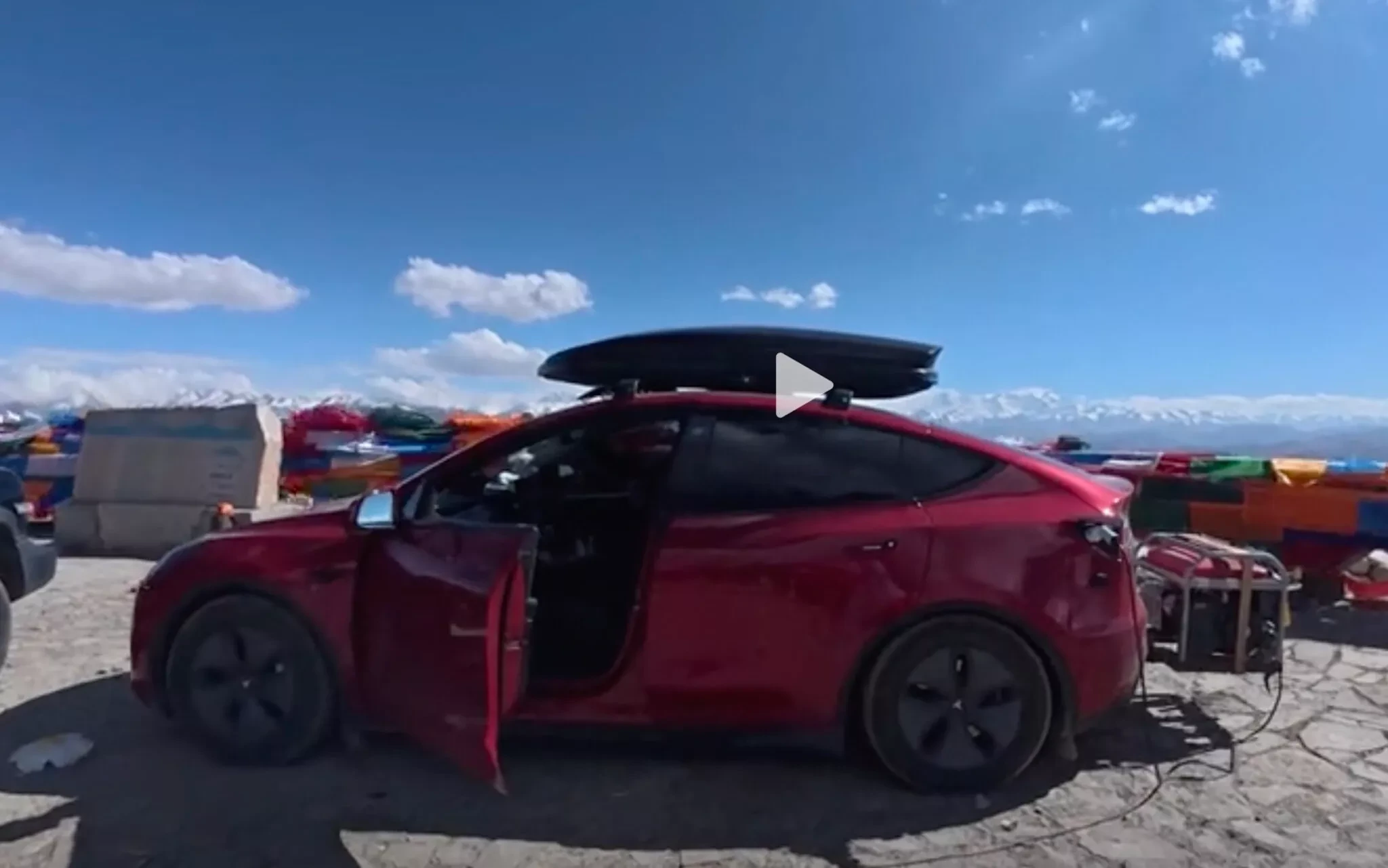
This was exactly the dilemma faced by a brave owner of a Tesla Model Y in China. The solution he found is as unexpected as it is ingenious, making us reflect deeply on the current state of the energy transition in the world.
Why would someone do this with a Tesla Model Y?
The reason is both simple and complex: the chronic lack of charging stations for electric vehicles outside major urban centers. Although Tesla has an impressive Supercharger network, it still doesn’t cover vast regions of the planet, especially rural and mountainous areas like Tibet.
Range anxiety becomes a real monster when you’re hundreds of miles from the nearest civilization and your battery is running low. It’s a stark contrast to the idea of total freedom that EVs promise.
How does this “sophisticated hack” work?
The owner’s plan, known on social media as @Xiaomo, was straightforward: he attached a 3 kW gasoline generator to the rear of his Model Y. It wasn’t a permanent or fully integrated installation, but rather a portable and creative solution to an urgent need. He even got a license plate for the generator, making sure his contraption was “legalized” for the road.

The generator, purchased for about US$390, isn’t a powerful engine. Its job is just to provide a slow and steady charge to extend range when no chargers are available. Essentially, it turns the electric car into a kind of hybrid with a range extender, using technology that Tesla itself chooses not to incorporate in its models.
Interestingly, the idea of adding combustion engines to electric cars isn’t new. There are records of other adaptations, even with diesel engines, on models like the Model S, showing that the need to overcome infrastructure limitations can lead to rather unorthodox solutions in the automotive world. While models like the 2025 Honda Stepwagon HEV are born with a hybrid system, adapting a generator is a step beyond.
Is it worth it? Analyzing Cost and Efficiency
In purely economic terms for daily use, the answer is no. The 3 kW generator adds approximately 12 miles (19 km) of range per hour of operation. The gasoline cost to generate that power is about US$0.22 per mile (approximately BRL 1.10 per kilometer), significantly more expensive than charging via a conventional electric network in China.
However, in an emergency situation in a remote area where the alternative is being stranded, that cost becomes irrelevant. It’s the price of mobility and peace of mind in a scenario where ideal infrastructure doesn’t exist. Even at high altitudes, like the 17,400 feet (5,300 meters) observation platform on Everest, the small generator managed to deliver its 3 kW, proving to be an unexpected lifeline.
This adaptation makes us think about the future of mobility. While the focus is on pure EVs, perhaps range extender solutions, like those seen in some plug-in hybrids or even in more “adventurous” concepts like the 2026 Toyota C-HR EV, may be more viable in realities where charging networks are still immature.
What does this say about the transition to EVs?
@Xiaomo’s case is a powerful symbol of the gap that still exists between the global ambition for electric vehicles and the reality of supporting infrastructure. The promise of a 100% electric future is exciting, and high-performance models like the Mercedes-AMG GT 63 S E Performance demonstrate the potential of electrification, but practicality is still a hurdle outside major urban centers. It is ironic that, to explore the freedom promised by EVs, it can sometimes be necessary to resort to the good old combustion engine.
Until the charging network expands massively to cover every corner, creative and sometimes controversial solutions like this one may continue to appear. This reinforces the idea that the energy transition is a complex process with practical challenges that require more than just vehicle technology to overcome. The discussion about the end of combustion engines, as seen in markets like Japan with the end of the combustion engine in the Corolla, is real, but infrastructure needs to catch up.
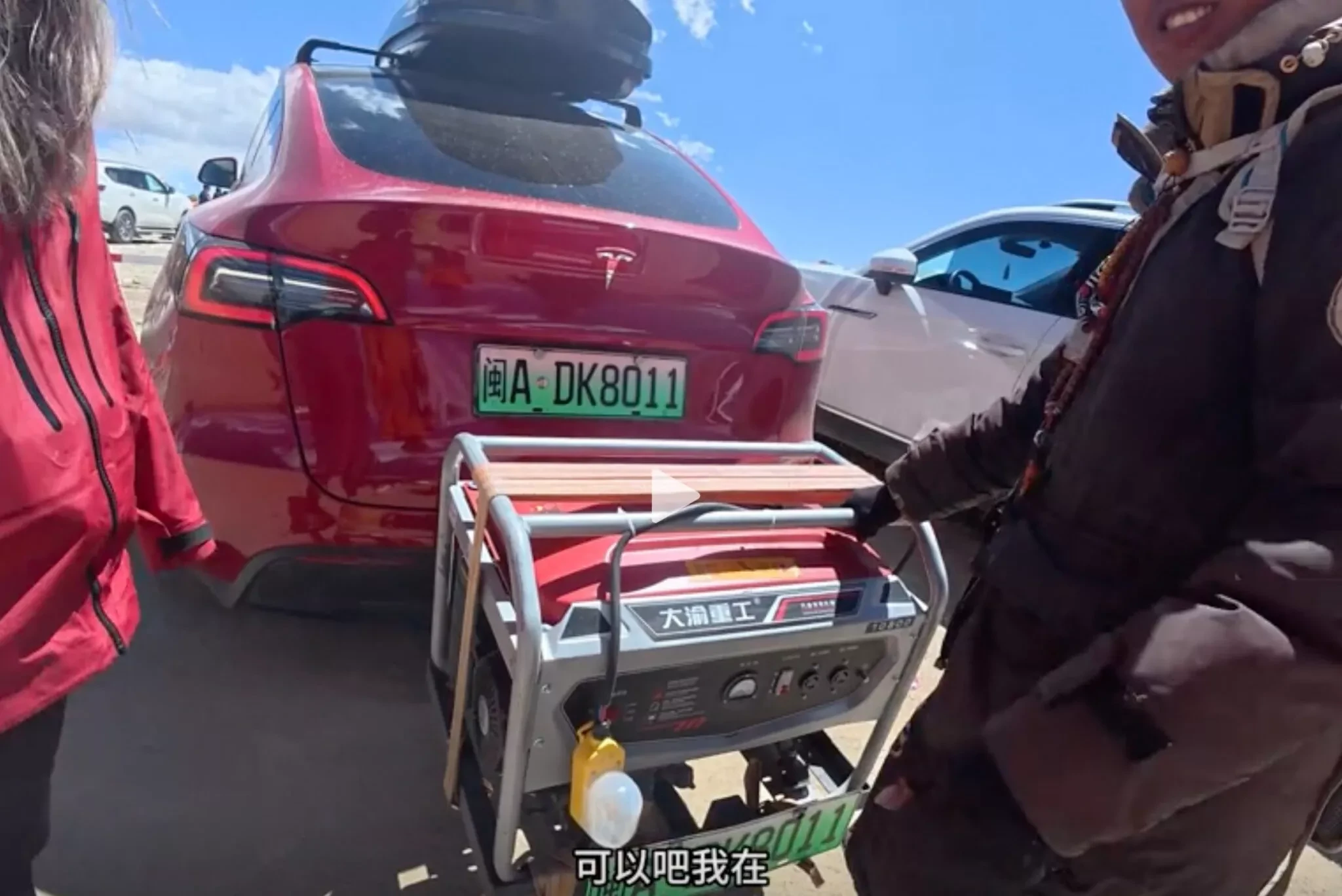
Key Facts About the Adaptation:
- Owner: @Xiaomo (China).
- Vehicle: Tesla Model Y.
- Reason: Lack of charging infrastructure in Tibet.
- Solution: Gasoline generator adaptation on the rear.
- Generator Cost: Approximately US$390.
- Generator Power: 3 kW (works well even at high altitude).
- Additional Range: About 12 miles (19 km) per hour of operation.
- Cost per Mile (Gasoline): Approximately US$0.22.
- Legality: Generator was issued a license plate.
Frequently Asked Questions About the Adaptation:
- Is it safe to use a gasoline generator on the rear of an electric car?
It’s not ideal. There are risks related to exhaust gases, vibration, and installation safety. It’s an emergency solution, not something for continuous use. - Does this turn the Tesla into a real hybrid?
Technically, no. A hybrid has an integrated combustion and electric motor system for propulsion. This is just an improvised “range extender” that recharges the battery. - Does Tesla offer range extenders?
No, Tesla focuses on its fast charging network and vehicle efficiency. They do not offer factory hybrid solutions or range extenders. - Why not use a gasoline or native hybrid car for this trip?
The original vehicle choice may have been based on other factors (daily use, preferences, technology). The adaptation arose from the need to use the vehicle already owned in a scenario not planned for by the infrastructure. - Is this adaptation legal elsewhere?
It varies widely. Legality depends on traffic and environmental laws in each country or region. The license plate in Tibet suggests an attempt at local compliance.
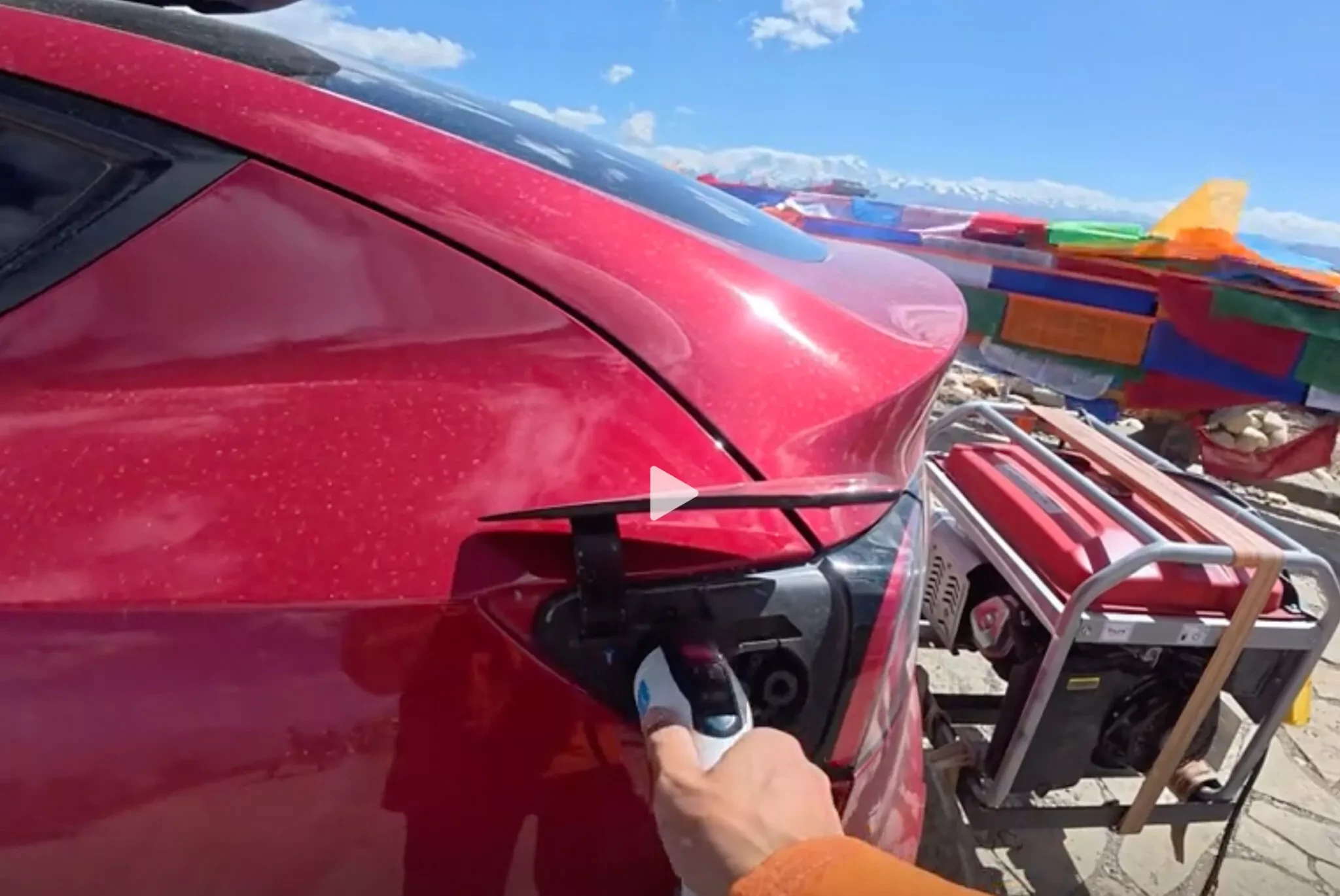
The case of the Tesla Model Y in Tibet is fascinating. It shows human creativity in the face of technological obstacles but also sheds light on the real challenges of the transition to electric mobility. While we dream of a fully electric future, the reality of infrastructure may require unusual and, yes, somewhat ironic solutions like this gasoline-powered “hack.” It’s a reminder that the journey to full electrification still has many miles to travel, especially off the beaten path.
And you, what do you think of this creative (or desperate) solution to the lack of infrastructure? Leave your comment below!


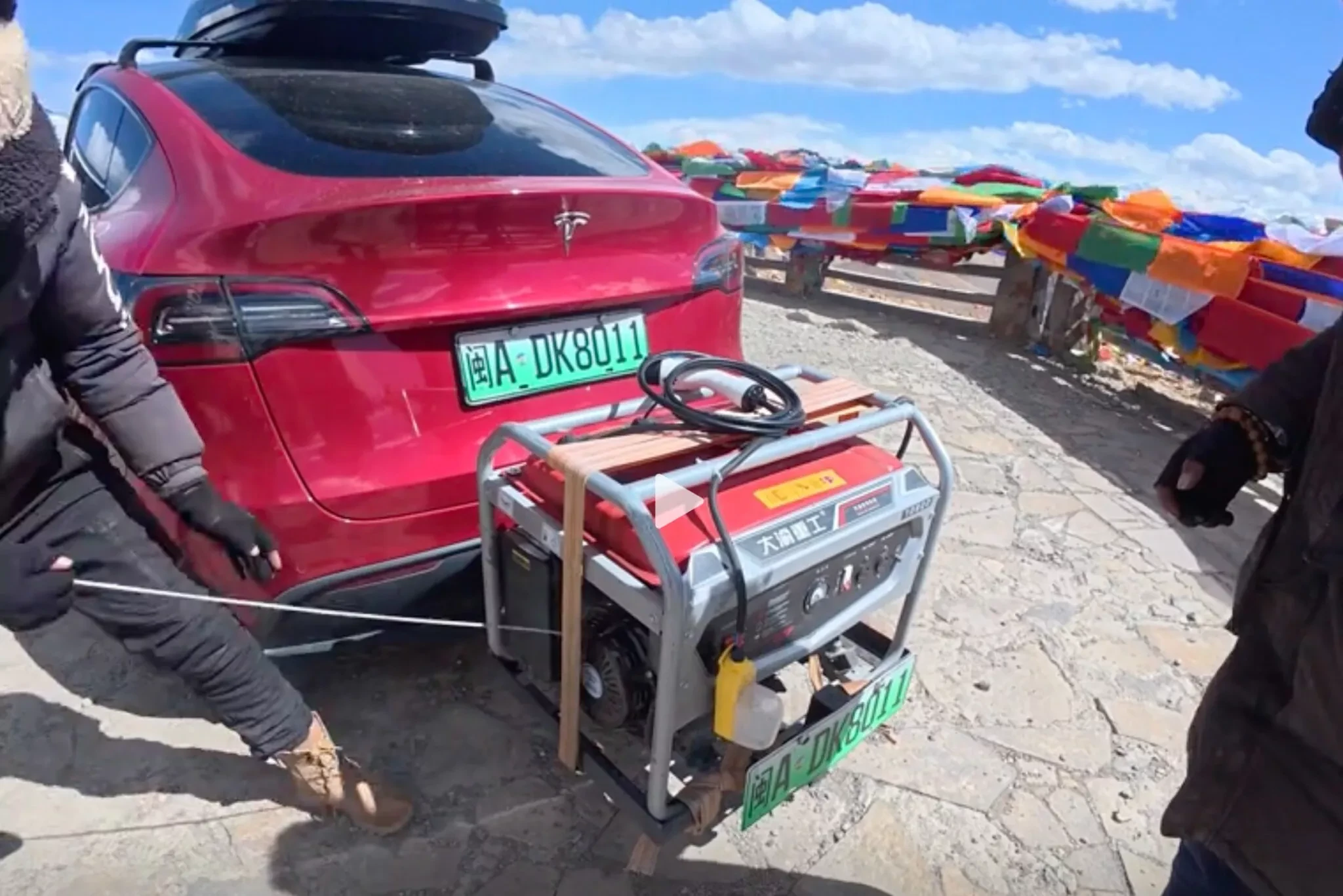


Author: Fabio Isidoro
Founder and editor-in-chief of Canal Carro, he dedicates himself to exploring the automotive universe with depth and passion. A car and technology enthusiast, he produces technical content and in-depth analyses of national and international vehicles, combining quality information with a critical eye for the public.


